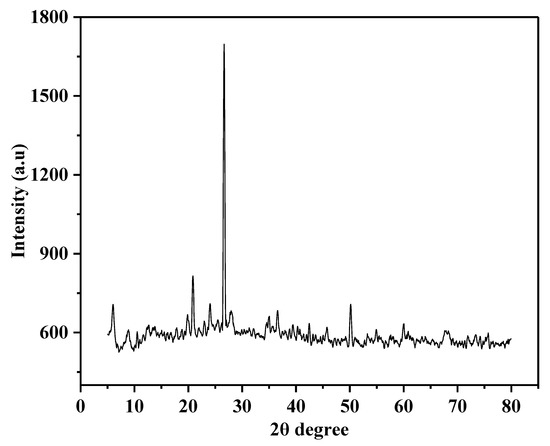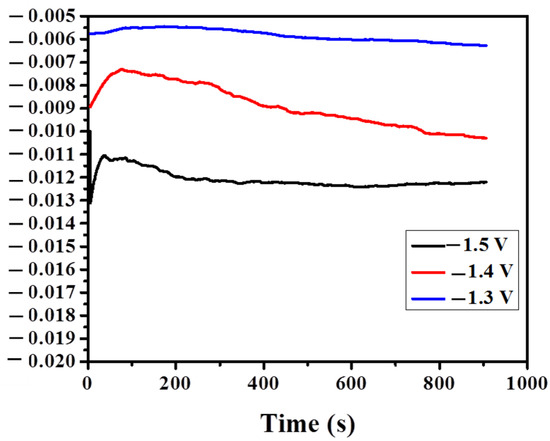Heterogeneous Catalysts Applied in Sustainable Chemistry
A topical collection in Sustainable Chemistry (ISSN 2673-4079).
Viewed by 4767
Editor
Interests: heterogeneous catalysis in environmental and sustainable chemistry
Special Issues, Collections and Topics in MDPI journals
Topical Collection Information
Dear Colleagues,
The use of heterogeneous catalysis as an enabling technology in the application of environmental and sustainable chemistry is a mature, yet constantly growing field.
Since the 1990s, the applications of environmental catalysis have included the development and refinement of three-way catalysts and lean NOx treatment systems, catalytic combustion of pollutants and fuels, and catalytic and photocatalytic remediation of polluted aqueous systems. Current and future pollutants of interest that will require catalytic remediation will include aqueous microplastics, fluorinated alkyl compounds and recalcitrant organic molecules.
Current and future applications of sustainable catalysis that will enable the circular economy will arise in the development of artificial photosynthesis systems for CO2 recycling and valorisation; the generation of solar fuels and chemicals; sustainable hydrogen and platform molecule synthesis; catalytic processing of plastic waste, catalytic systems for facilitating the use of thermochemical heat pumps and renewable energy storage systems; catalytic approaches to lignocellulose-containing biomass and organic waste refining in biorefinery installations, catalytic approaches to metal and urban waste recycling and materials for promotion of chemical looping combustion and CO2 separation processes.
Furthermore, as one of the tenets of Green Chemistry, the use of catalysts in promoting safer, more environmentally acceptable and sustainable chemical syntheses will continue to be an area of importance. This will include the development of catalysts to allow the use of non-toxic reagents, decrease required energy inputs (or permit solar powered photocatalysts), allow the use of benign solvents, and drive enantioselective reactions.
All of these areas will be accompanied by the gradual replacement of critical element-containing catalysts by more earth-abundant analogs. We welcome the submission of original research papers and review articles presenting the use of heterogeneous catalysis in environmental and sustainable chemistry.
Prof. Dr. James A. Sullivan
Collection Editor
Manuscript Submission Information
Manuscripts should be submitted online at www.mdpi.com by registering and logging in to this website. Once you are registered, click here to go to the submission form. Manuscripts can be submitted until the deadline. All submissions that pass pre-check are peer-reviewed. Accepted papers will be published continuously in the journal (as soon as accepted) and will be listed together on the collection website. Research articles, review articles as well as short communications are invited. For planned papers, a title and short abstract (about 100 words) can be sent to the Editorial Office for announcement on this website.
Submitted manuscripts should not have been published previously, nor be under consideration for publication elsewhere (except conference proceedings papers). All manuscripts are thoroughly refereed through a single-blind peer-review process. A guide for authors and other relevant information for submission of manuscripts is available on the Instructions for Authors page. Sustainable Chemistry is an international peer-reviewed open access quarterly journal published by MDPI.
Please visit the Instructions for Authors page before submitting a manuscript. The Article Processing Charge (APC) for publication in this open access journal is 1000 CHF (Swiss Francs). Submitted papers should be well formatted and use good English. Authors may use MDPI's English editing service prior to publication or during author revisions.






